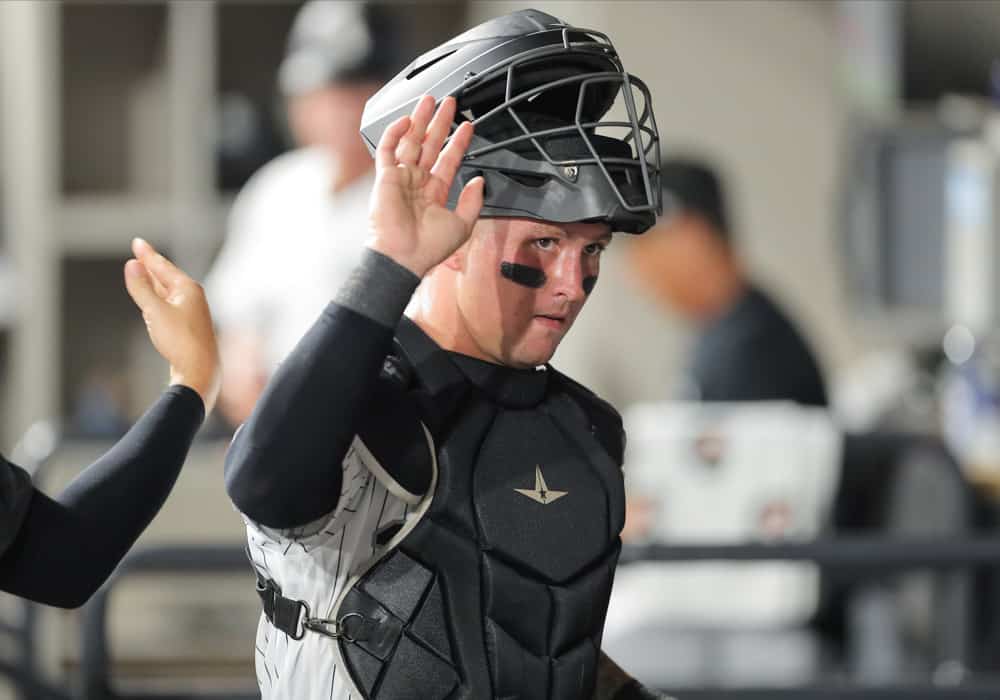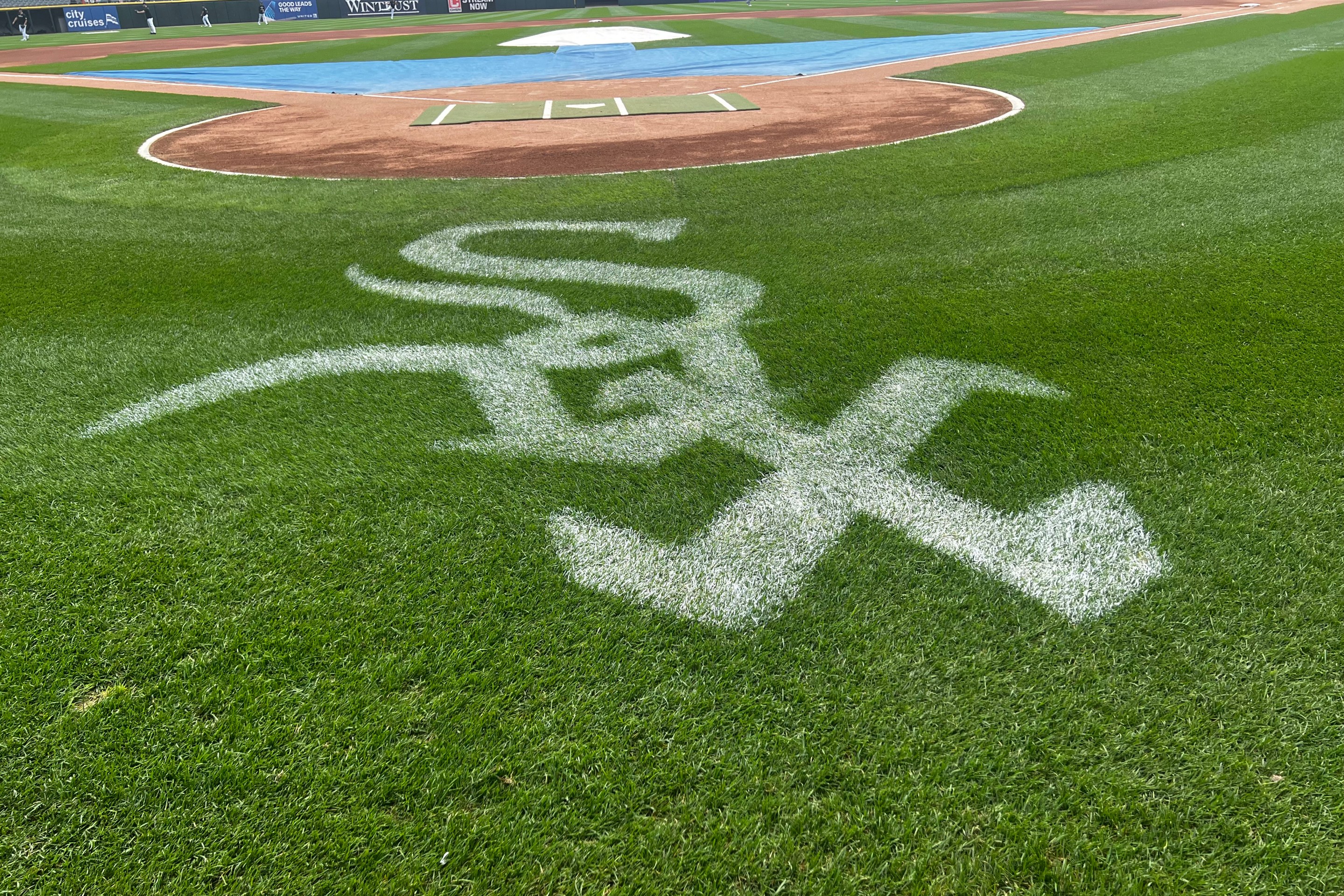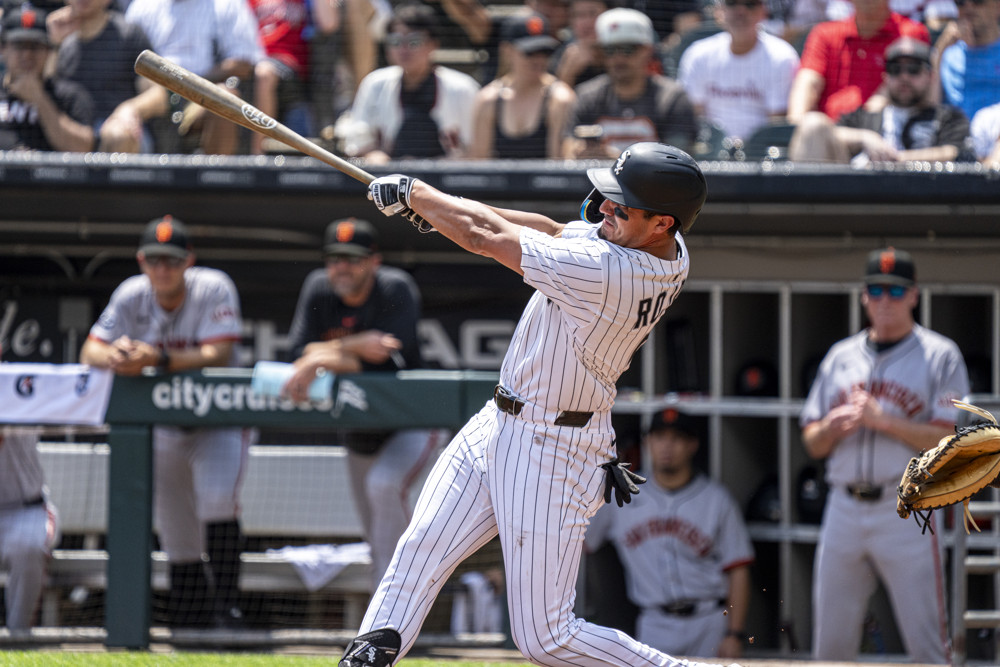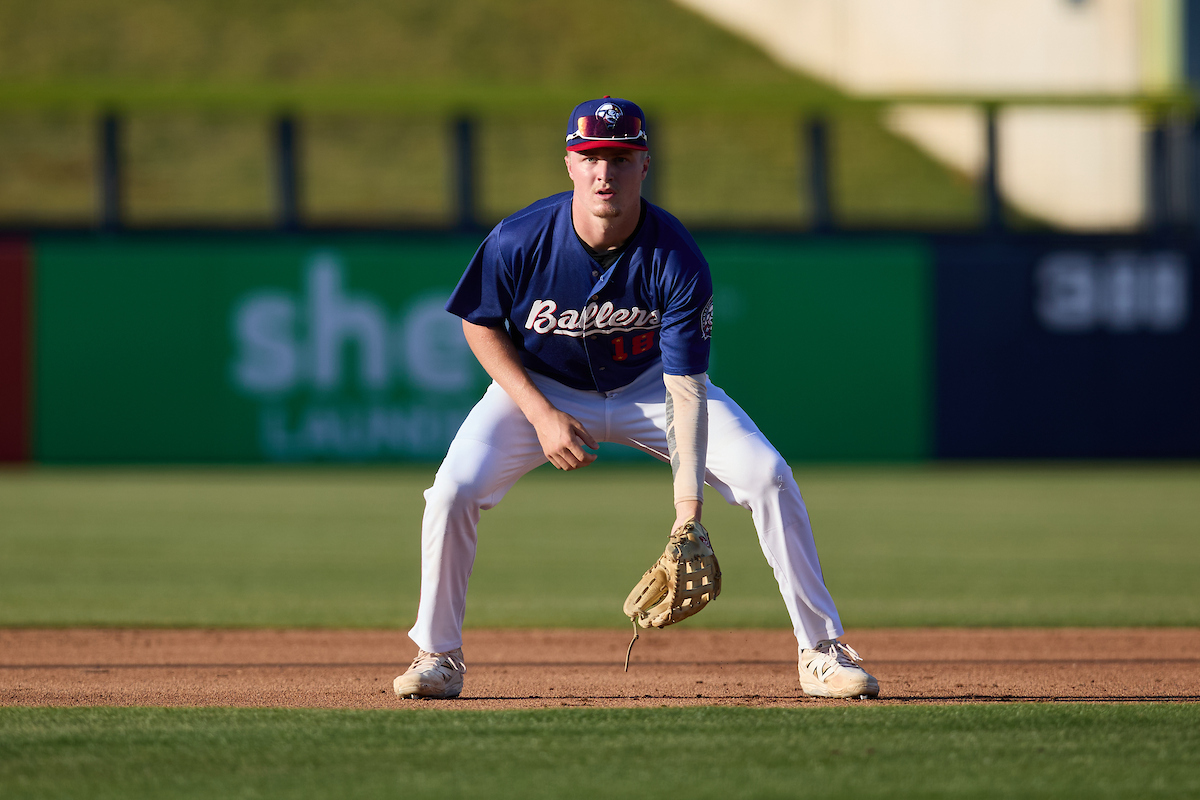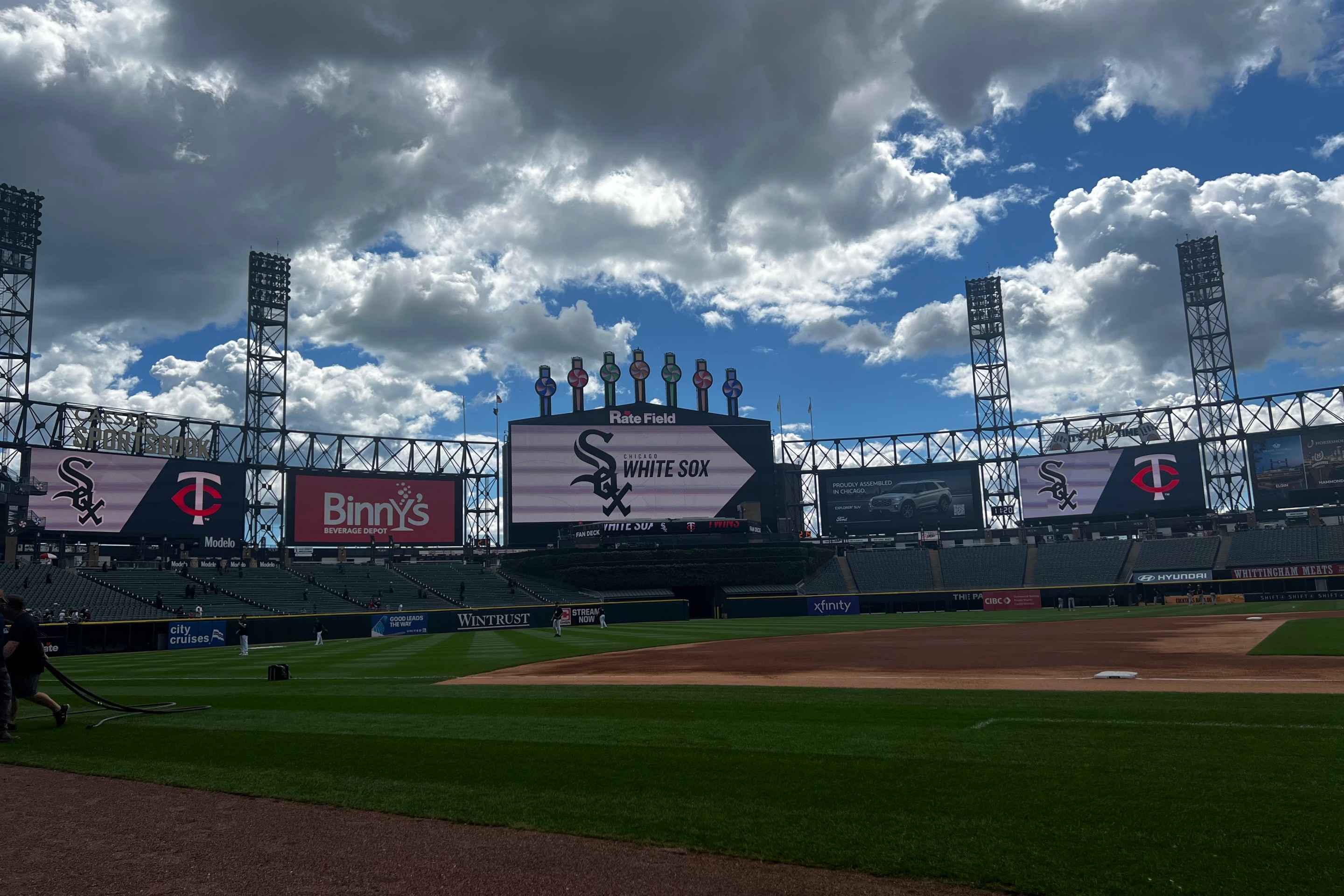Korey Lee, as I was recently reminded, was not supposed to make the White Sox roster out of spring training. The acquisition of veterans Martín Maldonado and Max Stassi formed a wall between the 25-year-old and Chicago, and no one seemed despondent amid the prospect of Lee spending a full season working on things at Triple-A Charlotte.
Least of all Lee, who hit three homers and put together a .286/.382/.714 Cactus League batting line. Spring training is heavily composed of a level of pitching Lee has produced against before. But with a remodeled swing aimed at keeping Lee more viable against outer half pitching, at worst, it was interesting.
"We challenged him in spring training," said hitting coach Marcus Thames. "We know he can hit the ball 450 feet to the pull side, but they have a scouting report on the other side, too. He was just hammering balls in spring training. We'd give him situations like runner on second base and he's just trying to move the runner, and that keeps him out [to the middle of the field] and he stuck to that approach all spring and was really solid, and it's good to see that pay off in the season."
Tested in the regular season, Lee's out of zone chase rate reflects someone who is seeing the ball better this year, but he's walking just 5.7 percent of the time so far. Largely, he's an aggressive hitter and has situated himself to get more out of the approach. He's making more contact and the rate of fastballs he's seeing has collapsed, as executing them on the outer half has ceased to be a viable strategy.
"Just hitting where the pitch is given to me," Lee said. "If it's on the outer half, going with it. If it's on the inner half, turning and burning and just keeping everything really, really simple. I think that's a good plan. Some people try to overcomplicate things and I'm a simple guy. Having that simple approach leads to success and that's what I'm doing right now: sticking to what I've been doing in the offseason and what I've been doing in the spring."
So far, it's produced a .273/.314/.455 batting line with three homers. It's all of 70 plate appearances, and Lee seems to be in that happy place between making an effective adjustment against the league's plan of attack, and the league launching a countermove. But a 118 wRC+ is aspirational material for the Sox's 1B/DH combo, let alone from the catching position where Martín Maldonado's struggles are already straining the limits of a glove-first profile (6-for-61 with four walks and 24 strikeouts).
While respect for Maldonado's gameplanning and management remains universal, the coaching staff assures the public is not seeing something that they're missing. Lee is providing a viable bat for an offense that's generally short on them from any position, let alone a catching spot where they were prepared to receive little.
But rather than simply treat Lee's turnaround from an .077 batting average in 70 plate appearances last season as found money, they want to preserve the methodical process that got him to this point.
"When you're developing a catcher that can hit and he's got to focus on both sides of the ball, it takes a little longer than developing a guy like Drew Butera, when the focus was straight defense," said Pedro Grifol. "[Lee] has developed faster probably than anybody in baseball thought he would, so he's on his way to being an everyday guy. But you've got to take your time with it. You can't rush this game, you can't force it."
On a not-atypical day this past weekend in St. Louis, Lee had four meetings he was scheduled to attend before attempting something as ambitious as picking up his bat from his locker and taking some swings in the cage. Whether it was reviewing why Twins lefties were too comfortable leaning out and hacking at Jonathan Cannon's changeups in Minneapolis, or talking over with Garrett Crochet why his backfoot sliders to right-handers aren't playing effectively, to travel on the road is to encounter the common sight of Lee reviewing strategy and pitch calling with someone -- Butera, Ethan Katz, Maldonado, pitchers -- at whatever passes for a free moment.
There were issues present -- Cannon needed to back up lefties with fastballs up and in, and Crochet's arm-side fastballs are what tunnel best with his glove-side slider, not glove side heaters -- but this is the sort of problem-solving that Sox officials would point to what's currently in development.
"He's made a huge improvement this year in -- and it's still early in the season -- but in understanding what he needs to do to be a catcher on an everyday basis," Maldonado said. "He's moving forward in that. I see more calm, I see him talking more to the pitchers."
At 1.84 seconds, Lee is also boasting the best average pop time in the majors per Statcast. His arm is powerful enough to make close plays when the opposition gets walking leads, and since it was a lauded tool since Lee was playing alongside Andrew Vaughn at Cal, it could be seen as just an ingredient his game has always possessed. But while Statcast rates Lee's throwing arm as the best in game from the catcher spot right now, his exchange time vaulting from below-average last season to comfortably above now is the labor-intensive part of the breakthrough.
"We want to keep him compact in a tight space so that he's able to use all that energy into throwing the ball," said Butera, who has worked with Lee on maintaining his line to second base when loading his throws. "It's about being consistent and making the same quality, accurate throw every time. If a guy gets a huge jump, you make the same throw as the guy who gets a bad jump, so in the back of your mind you know you can put the ball at second base in any situation. If it's in the dirt, or up, left, right, making it consistent, quality footwork so that your arm works naturally to throw the ball accurately to second base. That's the best way to utilize his tools."
Quiet as it's kept, Maldonado is also 10th in terms of raw arm performance in throws by Statcast, but it's his exchange time at age 37 that has him averaging just below two seconds in pop time. Both have been similarly below-average framers so far this year, though Lee's best area per Statcast is directly below the zone, reflective of an approach geared to accommodate the sinker-heavy nature of the White Sox starting rotation.
In aggregate, the breakdown tilts toward Lee in terms of everything we can easily see. That is starting to include playing time, with Lee starting six of the team's last 10 games. It's a fast rise for someone who was literally optioned out of spring camp and had to be brought back. But we knew the White Sox would trade everything they could and load up on prospects to watch slowly, but surely.
What saves the watchability of these seasons is when someone succeeds in a way that wasn't planned for.
"You look at where he was when we got him last year and how he finished the year, to spring training to where he’s at now," said Chris Getz. "I don’t think there’s a player on the field that’s really taken greater strides than him."
